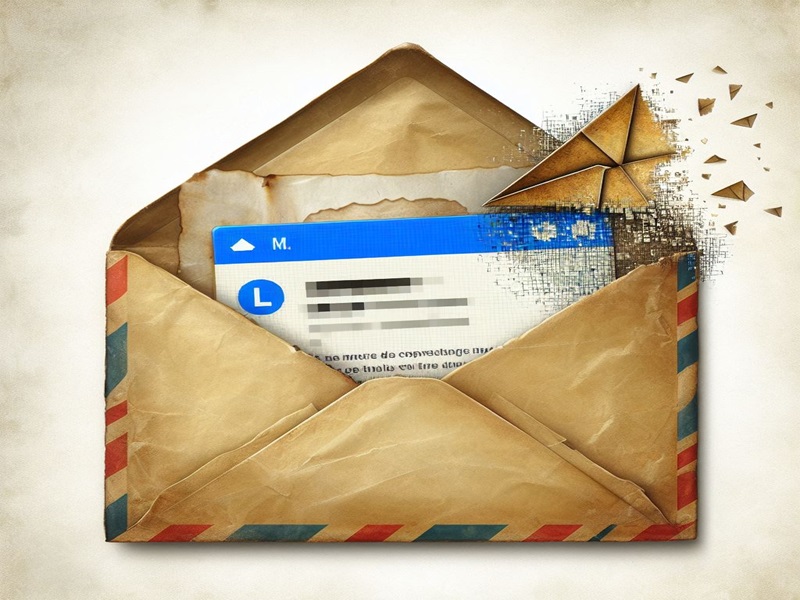Types of PST Corruption

Unfortunately, one of the risks of using Microsoft Outlook PST files to store email data is corruption. PST files were originally released as a feature in Outlook 97 to allow users to move email out of their server-based mailboxes. Before large, cloud-based mailboxes of 50GB or more became the standard, server-based mailboxes on Microsoft Exchange and other email servers were much smaller since they had to host all email data on local storage – I remember my first Microsoft Exchange mailbox being limited to 50 MB (Megabytes!) at a company I worked at years ago.
PST Corruption Risk
While Outlook PSTs are called “files”, they are actually databases. Within the PST file, there is a data structure to organize and store email data objects (messages, contacts, tasks, calendar items, etc.). When a PST is opened by Outlook, this database file is mounted and the data objects within are displayed in the Outlook interface as a set of email folders. This is not unlike the files that make up a database being mounted for access by SQL Server.
Databases Running on Laptops
Databases are very powerful data storage and access tools. However, they have requirements to support the speed, scale, and data protection they offer. Specifically, fast low-latency storage I/O. PST files usually reside on laptops and desktops with “pretty good” hard drives and SSDs, but not dedicated enterprise storage volumes. Those same laptops and desktops have many apps competing for disk I/O as well as starts, shutdowns, sleep, hibernation, and occasional crashes that are not the best scenarios for the databases that PST files are.
Databases Over Network Connections
Worse yet, many PST files are connected and used over network connections to home drives and server shares, which takes the situation from bad to worse. While Microsoft has consistently stated that it does not support the use of PST over the network, in our experience over the years, we find that most organizations have some to a lot of network PST usage, mostly to centralize the PSTs and offload the storage from endpoint local drives.
How this affects PST files
As PST files get larger and are used on I/O constrained storage, corruption of the data within the files occurs and can range from light to complete corruption. With all corruption of PST files, data loss occurs since the data structures of the file itself can be “repaired”, but the corrupt email objects within are truncated (deleted) since that data can’t be reconstructed once it’s corrupt. From the past years of working with customers and their PSTs, here are the levels of corruption that we’ve created from our experience:
Level 1 Corruption
This is light corruption where the PST file can be mounted in Outlook, and most of the email objects in the file are accessible and usable. There may be a few items within the file that can’t be opened or read, or they can be opened but can’t be moved, copied, deleted, or otherwise used. If a tool such as SCANPST (available from Microsoft and included with Outlook installs) is run, the corrupt items can usually be removed when the file is repaired and can continue to be used, but with data loss of the corrupt items.
Level 2 Corruption
This is light to moderate corruption of data within the PST file; it can be mounted in Outlook and most of the email objects are accessible and usable. A higher percentage of items and some folders of items within the PST file are corrupt and not accessible or can’t be used. SCANPST or similar tools can be run to remove the corrupt items at this level, but again, those items are lost data since they are truncated to bring the file back to a working state.
Level 3 Corruption
At this level, the corruption is moderate, up to half of the objects within the PST file. It can be mounted in Outlook, but many times the items in the file can’t be moved, copied, or deleted, and trouble opening email objects even for viewing can be problematic; some can be opened, while others can’t, for example. Running a repair tool may or may not successfully remove the corrupt data from the file as higher corrupt reduces the success of repairs to the
Level 4 Corruption
For level 4, corruption is heavy, and Outlook may not be able to open the PST file in this state. It may be possible to mount it but can cause Outlook to misbehave or hang due to problems accessing any of the items within the file. If it can be mounted, some of the items within can be seen in folders but not opened or available for use. At this point, corruption in the PST affects the data items within the file as well as the data structure of the file itself. Attempts to repair at this level are usually unsuccessful or result in most of the data within the file being truncated and lost.
Level 5 Corruption
At level 5, corrupt PST files can’t be opened in Outlook at all, and running repair tools against them is unsuccessful. Corruption at this level can’t be recovered from and only data-consistent restores from backup are possible to retrieve lost data.
No one likes unwelcome surprises, but many organizations with PST files don’t have full awareness of the potential corruption issues within their environment.
For a quick summary with an example, you can watch us explaining the levels in this video.